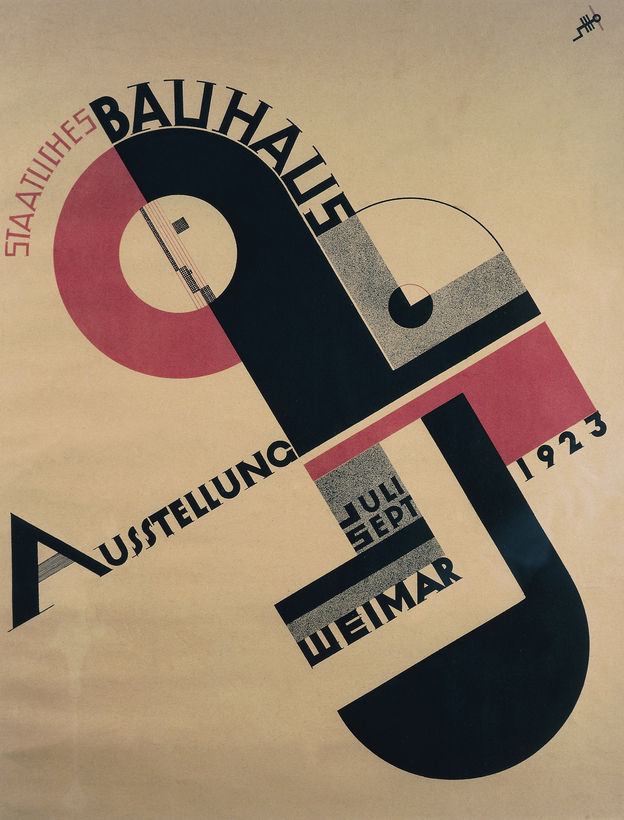Founded in 1919 by the pioneering architect Walter Gropius, the Bauhaus—a brief and brilliant bloom in the cultural hothouse of Germany’s Weimar Republic—is typically remembered as the birthplace of modern style. Yet more than a style, the Bauhaus represents a cultural coming-of-age.
Bauhaus modernism was preceded by more than 100 years of style wars, an era that saw Western cultures looking for a cosmic justification of one national style over another. As early as the mid-1700s, Horace Walpole built Strawberry Hill House, in Twickenham, England, as a Gothic rebuke to the prevailing classical architecture and design. If we wanted to get into the weeds, I’d say this new cultural insecurity probably began with greater worldwide commercial trade, which brought distant cultures closer to home. With the arrival of the Industrial Revolution, all sorts of social change pulled the rug out from under traditional culture and its unquestioned ways of doing things.
In any event, one style after another was tried on for size, resulting in everything from Gothic Revival teapots to Assyrian Revival factories. When historic styles were exhausted, folks moved on to newly invented national styles such as the French Art Nouveau, the Italian Liberty movement, the German Jugendstil, and the Vienna Secession. Adolf Loos, with his famous screed of 1913, Ornament and Crime, cut the legs out from under these stylish styles by exposing their arbitrariness.

The Arts and Crafts Movement, another artistic reaction to the Industrial Revolution, ran parallel to all this. William Morris was the first in a line of designers and social reformers to organize craftsmen into companies inspired by medieval guilds. Good design and hand production were meant to right the wrongs of industrial-era alienation.
Out of this line of discredited design movements and monkish art guilds came the Bauhaus. Its luminary faculty included Wassily Kandinsky, Paul Klee, László Moholy-Nagy, Marcel Breuer, Mies van der Rohe, and Lilly Reich. The clean lines, pure geometries, and industrial materials of Bauhaus design would read as metaphors for the new life promised by a tamed machine age.
To some extent, the Bauhaus believed it had found a style beyond style, based on the physical truths of things like the mechanics of color perception and methods of industrial production. I think this misses the real truth. With toxic nationalism smoldering all around, the Bauhaus found a way out from the restrictive boundaries of nation and culture. This is a message of hope to carry with us in a time of threatening walls and hardening borders. —Lewis Jacobsen

